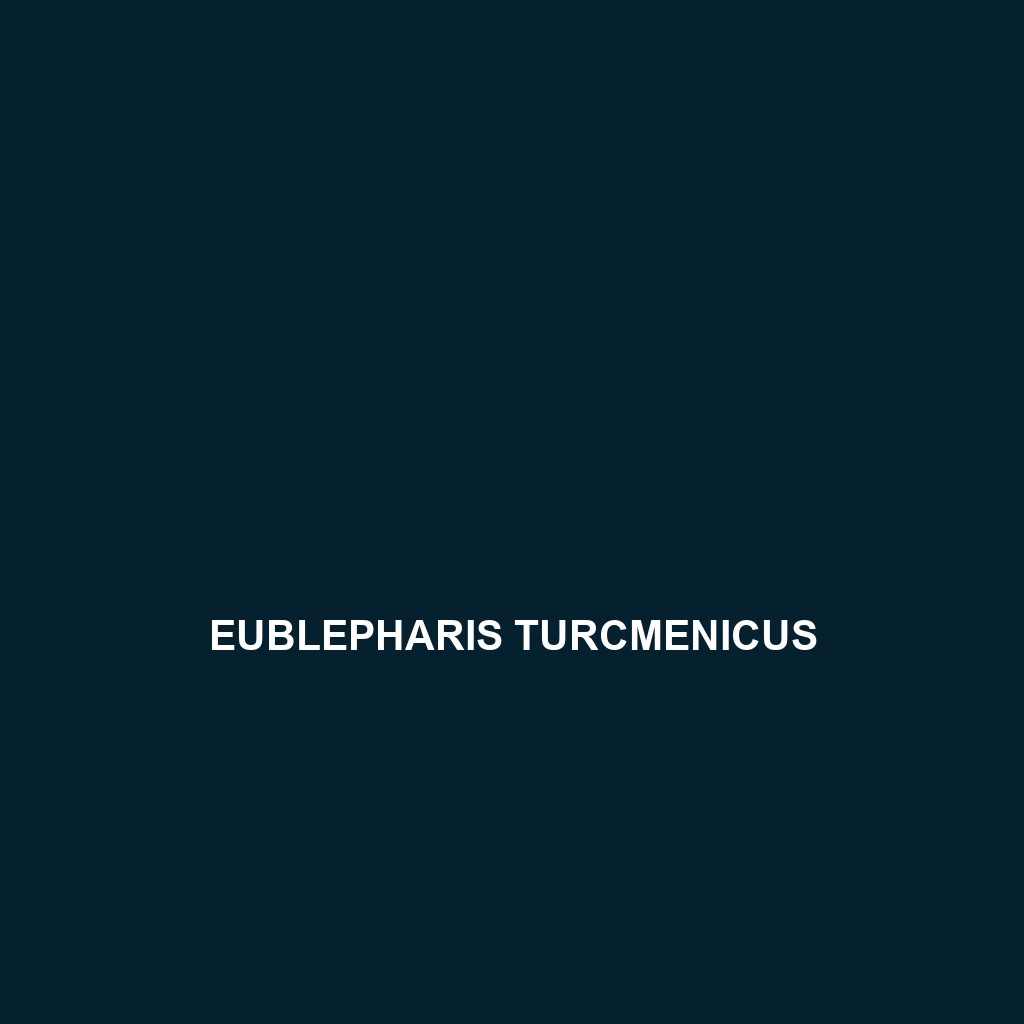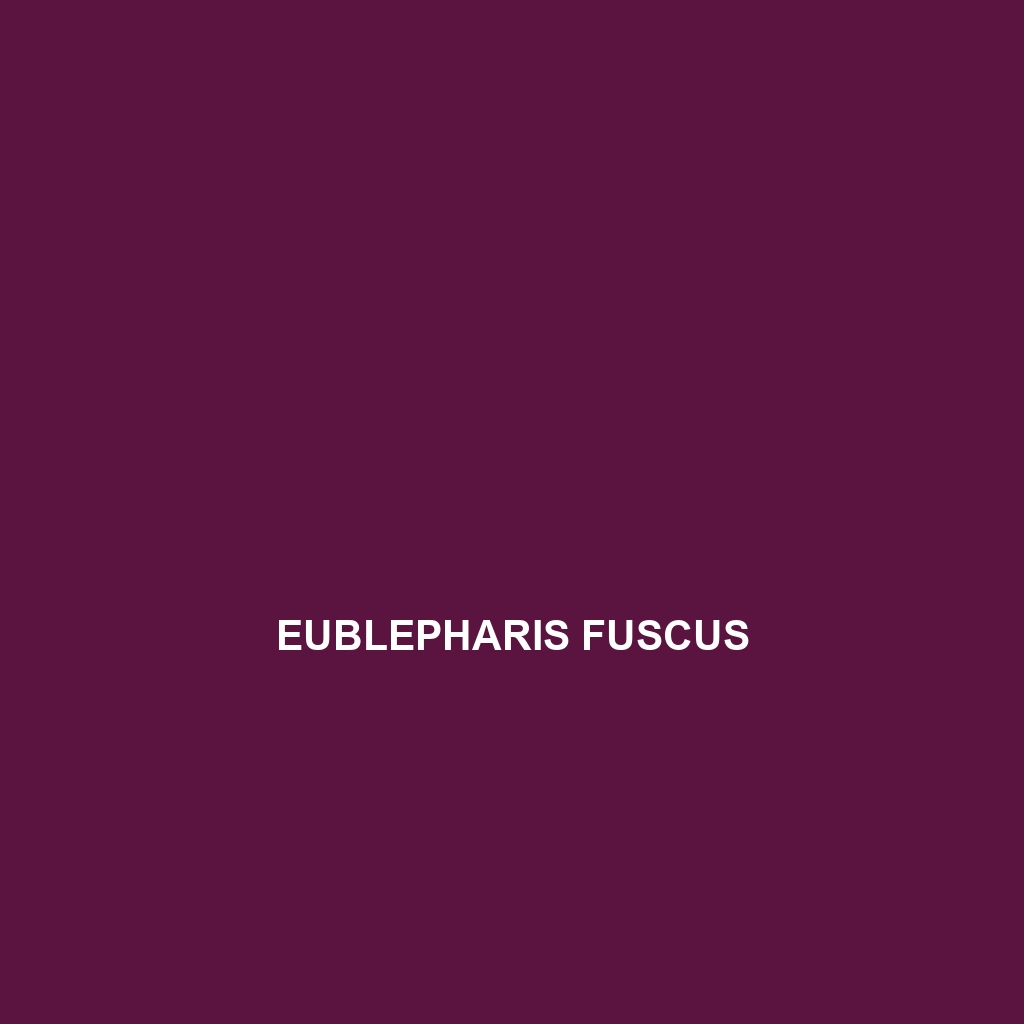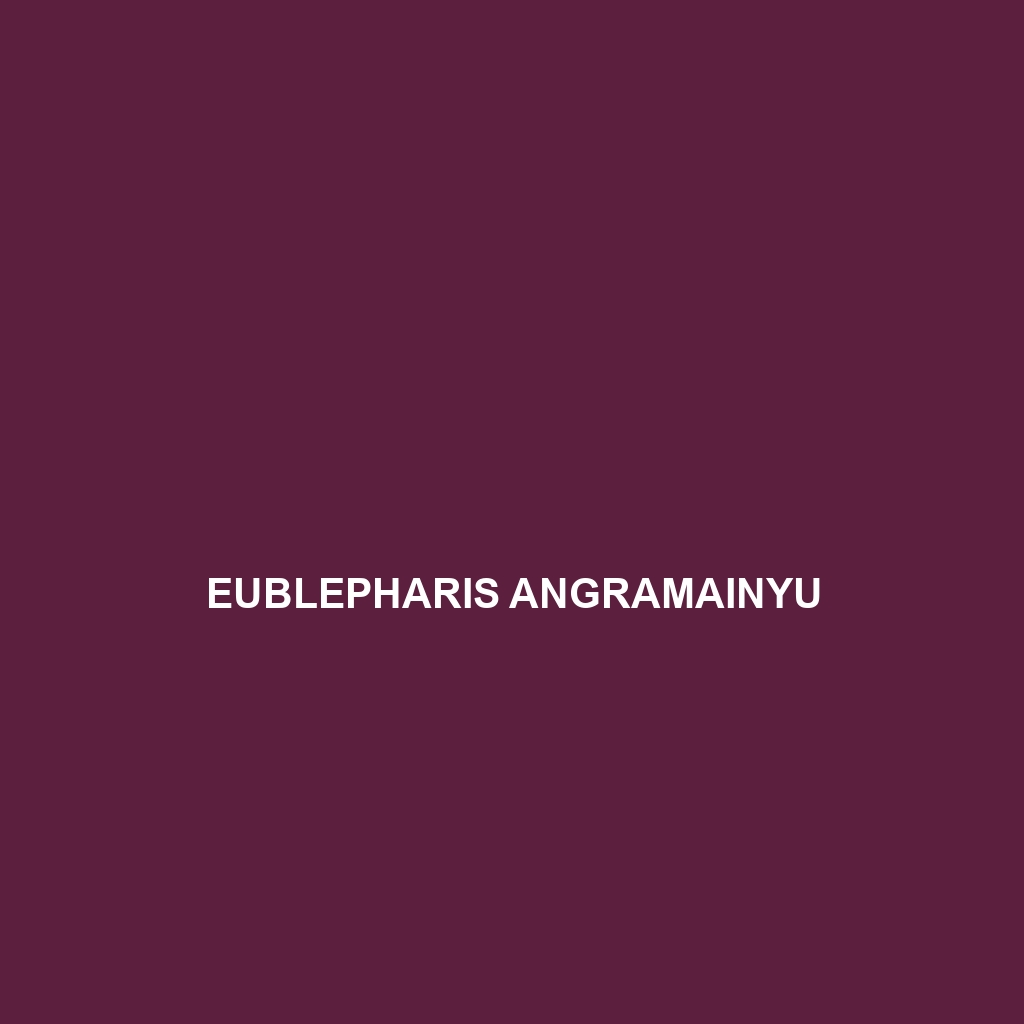<p><b>Eunectes deschauenseei</b>, also known as the <i>Deschauensee’s Anaconda</i>, is a semi-aquatic snake native to the Amazon Basin, known for its impressive size, reaching over 15 feet, and distinctive coloration that aids in camouflage. This fascinating predator plays a vital role in its ecosystem, helping regulate prey populations while exhibiting remarkable swimming abilities and strong maternal instincts.</p>
Tag: reptile enthusiasts
Eulamprus kosciuskoi
Eulamprus kosciuskoi, or the Kosciuszko Skink, is a medium-sized, diurnal reptile native to the alpine regions of southeastern Australia, characterized by its slender body, smooth scales, and striking coloration that aids in camouflage. This insectivorous skink plays a vital role in its ecosystem by controlling insect populations while serving as prey for larger predators.
Eublepharis turcmenicus
Eublepharis turcmenicus, commonly known as the Turkmen Leopard Gecko, is a nocturnal insectivore native to Central Asia, characterized by its robust body, distinctive yellow to beige coloration with dark spots, and ability to thrive in arid environments. This species plays a crucial role in its ecosystem by controlling insect populations and serving as prey for larger animals.
Eublepharis macularius
<p><b>Eublepharis macularius</b>, commonly known as the leopard gecko, is a medium-sized, nocturnal lizard from South Asia, recognized for its vibrant yellow and black spotted pattern. An adaptable insectivore, this resilient reptile thrives in various habitats and can live up to 20 years in captivity, making it a popular pet choice.</p>
Eublepharis fuscus
Discover the captivating Eublepharis fuscus, or Central Asian leopard gecko, a nocturnal insectivore known for its vibrant coloration, adaptability to arid habitats, and unique ability to regenerate its tail. This species plays a crucial role in controlling insect populations and supporting the ecological balance of its environment.
Eublepharis angramainyu
<p>Discover the <b>Eublepharis angramainyu</b>, also known as the Indian leopard gecko, a captivating nocturnal reptile native to arid regions of South Asia. With its striking coloration and unique adaptations for survival, this insectivorous gecko plays a vital role in its ecosystem while showcasing fascinating behavior and reproductive patterns.</p>
Eremias isfahanica
<p>The <b>Eremias isfahanica</b>, or Isfahan racerunner, is a diurnal lizard native to arid regions of Central Iran, featuring a slender body that reaches lengths of 20 to 30 cm and distinctive dark stripes for camouflage. Known for its remarkable speed and insectivorous diet, it plays a crucial role in controlling insect populations in its desert ecosystem.</p>
Enyalioides praestabilis
The <b>Enyalioides praestabilis</b>, commonly known as the Amazonian grass lizard, thrives in the lush rainforests of Peru and Ecuador, exhibiting striking camouflage with its vibrant dorsal colors and adapted climbing abilities. This insectivorous species plays a vital role in ecosystem balance by controlling insect populations and serves as both predator and prey within its habitat.
Emoia laobaoensis
Discover the vibrant Emoia laobaoensis, or Laobao skink, an agile insectivore native to Southeast Asia's tropical rainforests, known for its striking coloration and unique behaviors, including basking and intricate mating displays. With a length of 15 to 25 cm, this captivating species plays a vital role in its ecosystem by regulating insect populations and serving as prey for larger animals.
Emoia cyanura
<p><b>Emoia cyanura</b>, also known as the striped skink, is a vibrant insectivorous lizard found in the Pacific Islands, particularly in Fiji, Samoa, and Tonga. With distinctive blue tails and sleek bodies, these diurnal skinks thrive in diverse habitats, playing a crucial ecological role by controlling insect populations while exhibiting remarkable agility and tail regeneration abilities.</p>









